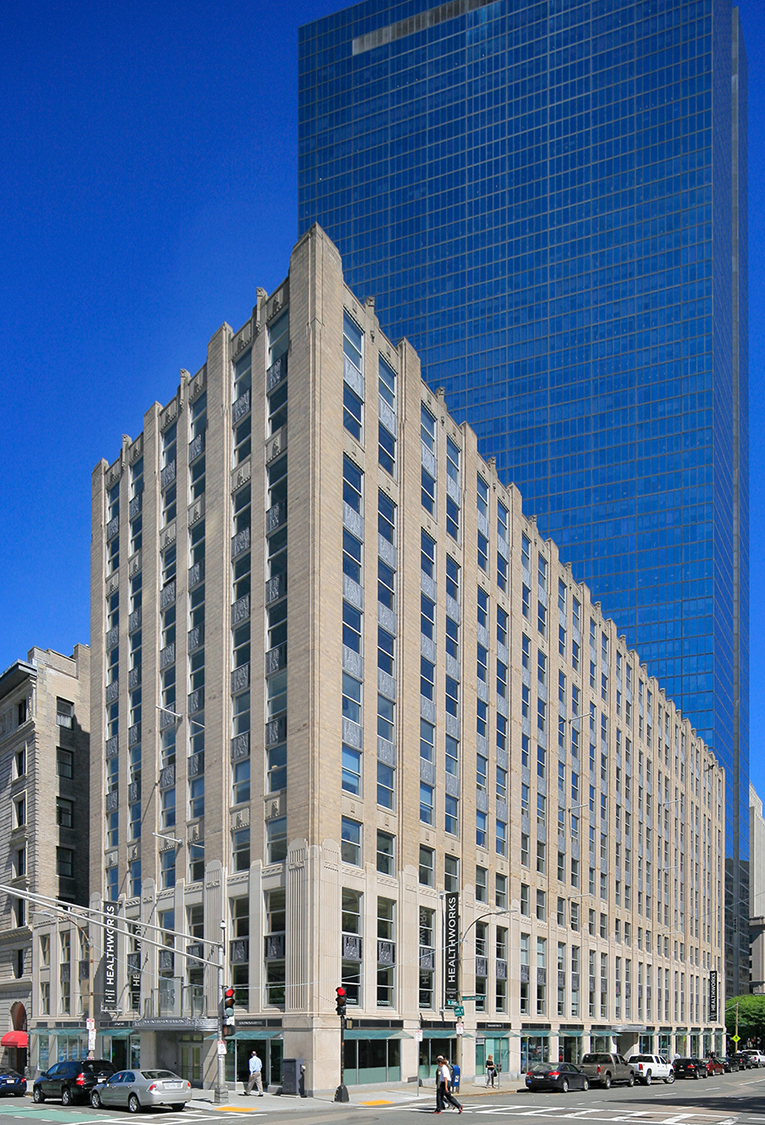U.S. home prices increased 4.5 percent in January compared with the same time last year, according to the latest monthly report of the S&P/Case-Shiller Home Price Indices. However, monthly data reveal that those increases are beginning to slow.
The S&P/Case-Shiller U.S. National Home Price Index, which covers all nine U.S. census divisions, recorded a 4.5 percent annual gain in January 2015 versus a 4.6 percent increase in December 2014. The 20-City Composite gained 4.6 percent year-over-year, compared with a 4.4 percent increase in December.
Of the twenty major cities tracked by the index, Denver and Miami reported the highest year-over-year gains, as prices increased by 8.4 percent and 8.3 percent, respectively, over the last 12 months. Boston prices rose 4.7 percent year over year, and were up 0.4 percent compared with December.
On a month-over-month basis, however, the national index declined for the fifth consecutive month in January, reporting a -0.1 percent change for the month. Both the 10- and 20-City Composites reported virtually flat month-over-month changes.
Of the nine cities that reported increases, Charlotte, Miami and San Diego led all cities in January with increases of 0.7 percent. San Francisco reported the largest decrease of all 20 cities, with a month-over-month decrease of 0.9 percent. Seattle and Washington D.C. reported decreases of 0.5 percent. Unusually cold and wet weather may have weakened activity in some cities.
“The combination of low interest rates and strong consumer confidence based on solid job growth, cheap oil and low inflation continue to support further increases in home prices” David M. Blitzer, chairman of the Index Committee for S&P Dow Jones Indices, said in a statement.
“Regional patterns in recent months continue: strength in the west and southwest paced by Denver and Dallas with results ahead of the national index in the California cities, the Pacific Northwest and Las Vegas. The northeast and Midwest are mostly weaker than the national index.
“Despite price gains, the housing market faces some difficulties. Home prices are rising roughly twice as fast as wages, putting pressure on potential homebuyers and heightening the risk that any uptick in interest rates could be a major setback. Moreover, the new home sector is weak; residential construction is still below its pre-crisis peak. Any time before 2008 that housing starts were as low as the current rate of one million, the economy was in a recession,” Blitzer said in a statement.




 |
| 

